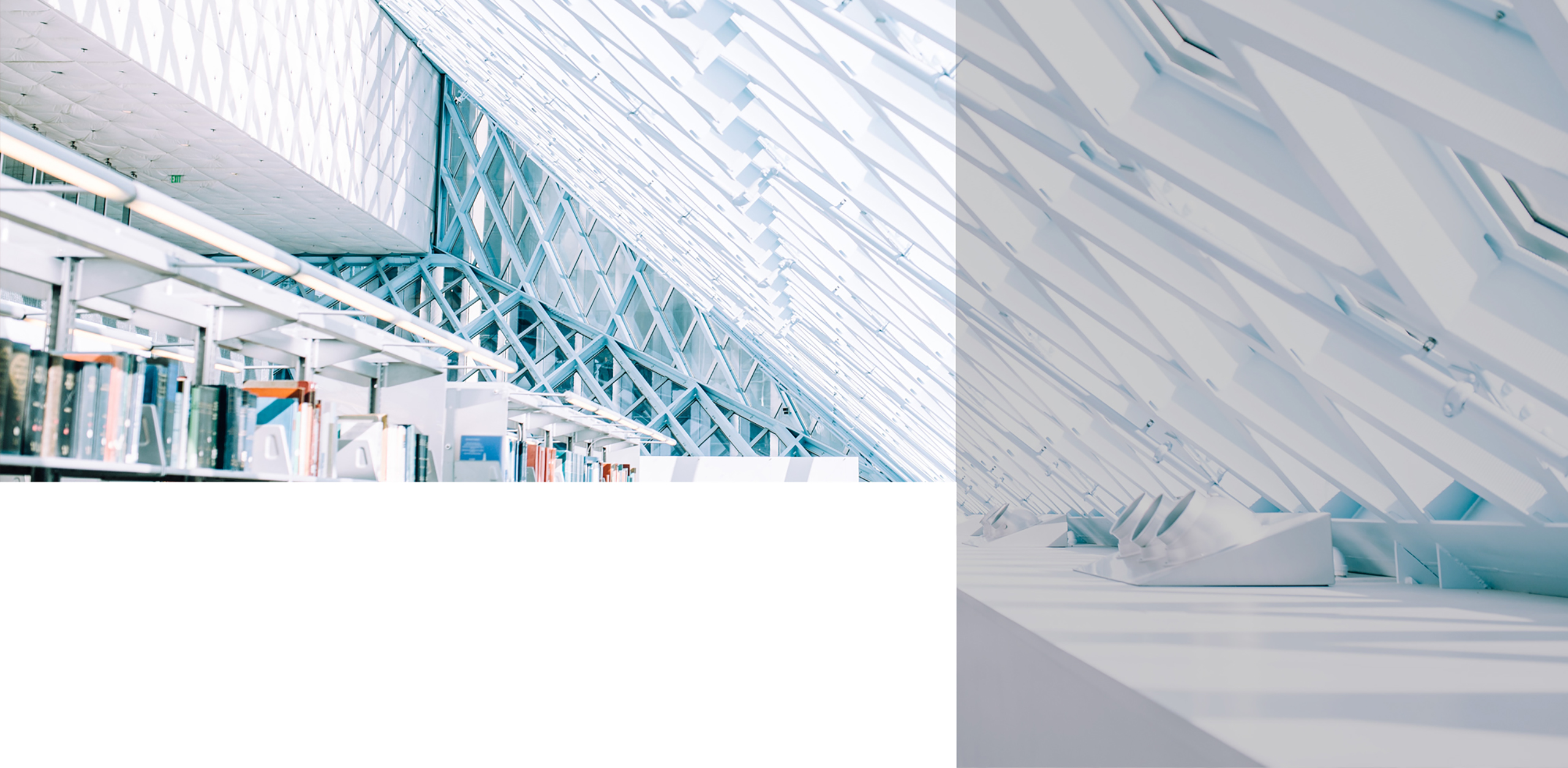

Zayed University
Creative Economies – Connecting the academy to creative industries
In several regions around the globe, the role of creativity in industry and practice can be underappreciated. Although great strides are being made by local institutions and organizations to increase awareness, the development of the creative economy through art, design and the humanities is still emerging. Often related to this issue, are questions of cultural sensitivity. At the same time that we seek to ‘decolonize’ the curriculum, we also seek to open the eyes of students to new directions in their chosen fields from a variety of international and local perspectives.
When it comes to fostering creativity and creative industries, this can involve a range of challenges: making the case to university department heads and upper administration; justifying the arts as an educational choice to parents; or championing innovative paths in design education to the benefit of students. In some cases, it can mean challenging student mindsets, whether by showing them case studies or finding alternative methods of communication. These questions can be place specific, with learners themselves resisting new approaches, or deeming them as too ‘indigenous’ or too ‘culturally aware’ based on their own experience and traditions.
Creative Economies – Connecting the academy to creative industries explores these questions. It welcomes presentations addressing various approaches, considerations, and conditions impacting the emerging creative economy through teaching. These may include but are not limited to: case studies incorporating non-western pedagogical methods; classroom collaborations with local industry; cross-institutional course collaborations, multi-disciplinary partnerships within institutions; and local community partnerships. We seek to highlight research-based pedagogical methods from academics invested in cultivating the creative economy, prompting creative solutions, and delivering projects around the world – whether products, visual artefacts or spatial designs.
With particular interest in the design sector we would like to showcase academics with case studies that connect global technological advancement and rapid paradigm shifts towards practices that are culturally relevant and responsive. We seek to unpack pedagogical methods and models deeply rooted in the local vernacular, connected to the global, and that lead to emerging discourses on creativity – whether in ‘young’ economies and territories such as the United Arab Emirates, or more established places and practices.

Part of the conference Transformative Teaching : See Full Call
 Place and Research
Place and Research
The United Arab Emirates (UAE) has undergone rapid development over the past five decades. Recently. It has had several technical, cultural and scientific successes such as the construction of the tallest building in the world: being the first Arab nation to send an astronaut to the International Space Station; sending satellites to orbit earth; and even sending a probe to orbit to study the planet Mars and its moon. But how does a nation train a new generation of indigenous designers to stay grounded? To remember their past, to completely feel confident with their present, and optimistically face their future. How do the educators of indigenous and regional communities around the globe foster local cultural awareness in order to develop an understanding of what it is to be designers in tune with their communities, as well aware of the needs of the international communities, clients and economies?
Zayed University has several research projects that, in their own ways, reflect these concerns. They include:
The “Adaptive Interiority” research initiative at the College of Arts and Creative Enterprises. This initiative has industry and community research partners and responds to the fact that the construction and demolition of infrastructures, buildings and interiors in the UAE accounts for 70% of the total weight of solid waste produced in the region. It explores two design approaches in response: adaptive interiority and ephemeral design. It experiments with technology, flexibility, materiality, reuse, recyclability and connectivity and connects with UAE Vision 2021.
“Recording architectural memory through UAE’s youth interaction with modern technology; learning by doing.” This teaching and research initiative addresses the importance of modern buildings in the UAE as heritage, from both a design and community perspective. The teaching involves projects ‘outside the classroom’ and seeks to be a bridge between the practical and the cultural: between the learning of technical skills such as computer modelling, photography, drawing and laser scanning, and connecting to history and culture through participatory-experiential learning. Using projects in Al Ain, Abu Dhabi Emirate, it teaches technical skills, documents historic buildings and introduces students to a participatory research approaches.
More details through this short video | More details on the College of Arts and Creative Enterprises
People
Lina Ahmad and Marco Sosa
Return to Full Call | Submit an Abstract
Queries: conference@amps-research.com

![]()
